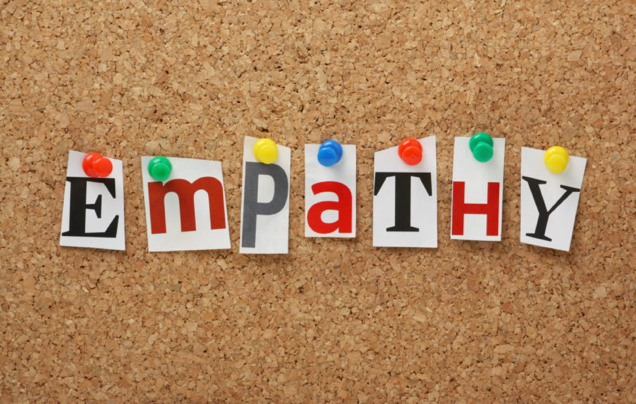If you’re an experience designer (or want to become one), one of the most important tools you can develop for your work is empathy for others. Empathy creates more value for customers than knowing statistical analysis programs and is often more helpful in design than having NetPromoter® scores. Caring about others simply makes you a better designer—not to mention a better person.
Empathy can be honed in two ways: immersion and implementation.
Immersion is about standing in your customer’s (or guest’s or patient’s, etc.) shoes, exploring their world, learning how they see the world, and discovering how they discover, decide, and believe.
You may consider mixing some of these ideas with what you are already doing:
- Have a conversation (about themselves, their work, their visit to your business) while they are at your business
- Watch video of customers shopping in your store or patients in your healthcare facility, etc. (if you have that capability and you the appropriate permissions for your country) to seek patterns and ‘tells’ (behavior hints)
- Follow up by phone, chat, or Skype after their visit (to compare expectations with results)
- Hang out where they hang out, go to the restaurants they go to, listen to the music they like. (No stalking;-)
“For designers, the idea is to pick up patterns that you didn’t notice before so that you can see the world through your customers’ eyes to pick better clues for their experiences.”
Implementation is about applying what you’ve noticed as you design better experiences. Once you can ‘see’ like your customers do, you will have the ability to recognize which customer experience clues matter the most to them and to specify them in your designs.
Consider trying some of these exercises with your experience design teams:
- Put a life-size image of your customer(s) in the room where you do your design work. It’s best if they are looking right at the camera;-)
- Run a “What would <customer’s name> do?” exercise at key points in the customer journey to surface unmet needs which you might address
- Swap some of your best clues for worst ones while you’re still designing on paper or on screen—just to see what else it makes you think of (you may be surprised).
- Prototype your new experience with real people before spending money on software or build-outs.
Empathy is an essential tool in your experience design toolkit. But, it’s not one that you can pick off of a shelf or buy. You have to build this ability within yourself. Nobody else can do it for you. Using empathy, you can build authentic, relevant experiences that your customers will notice, remember, and share.






